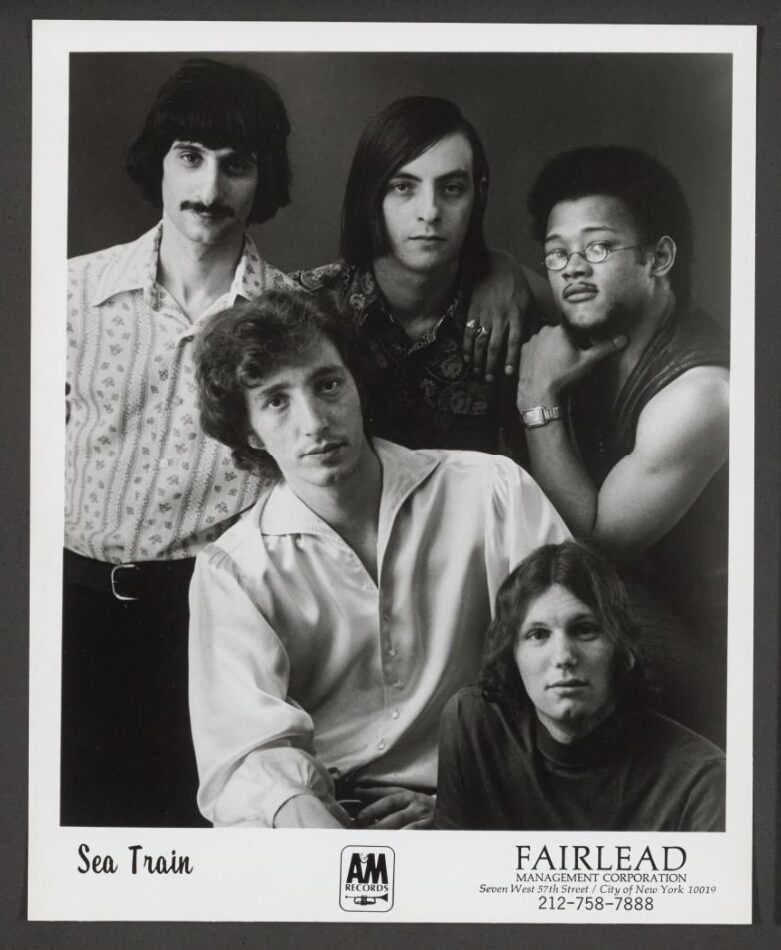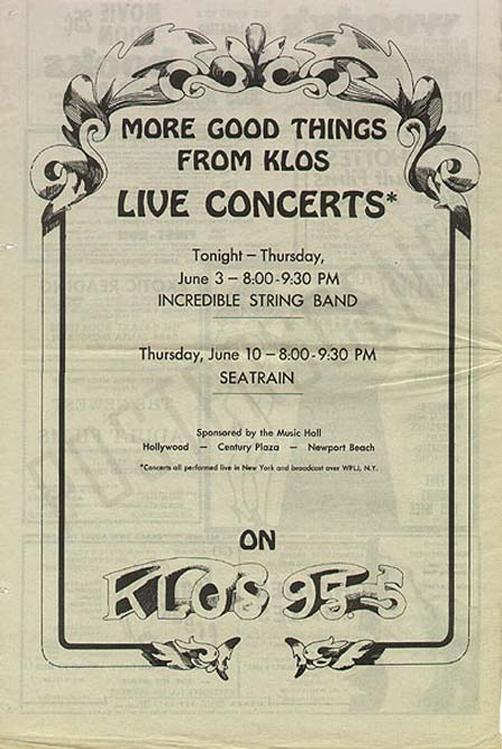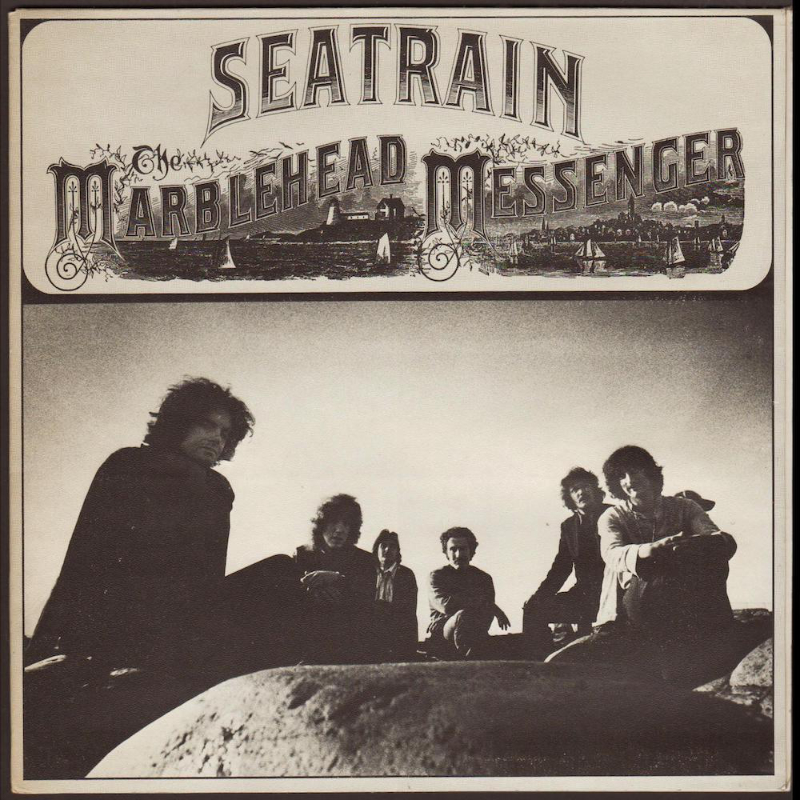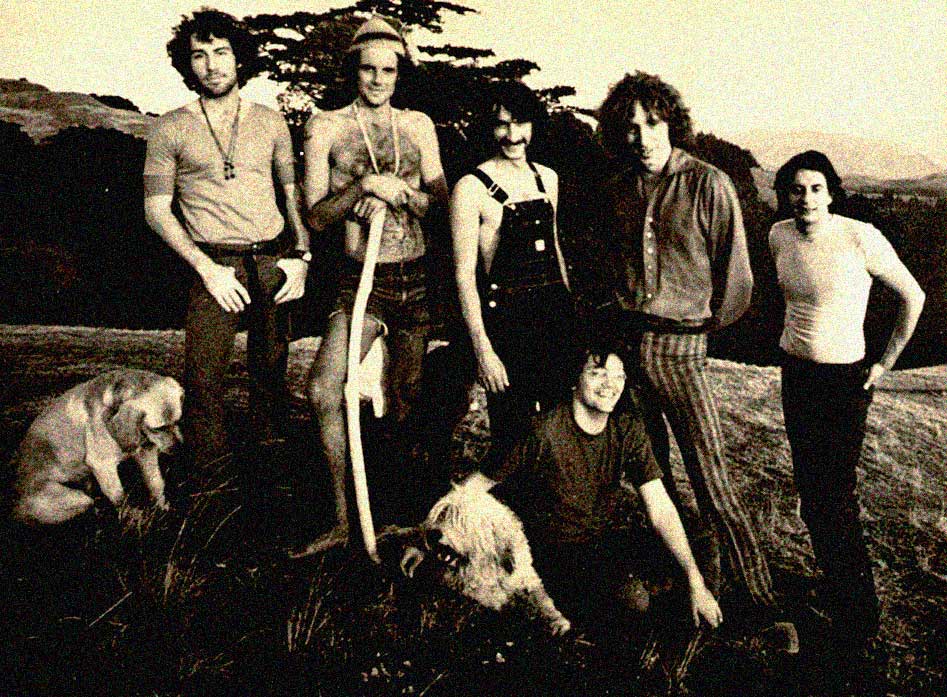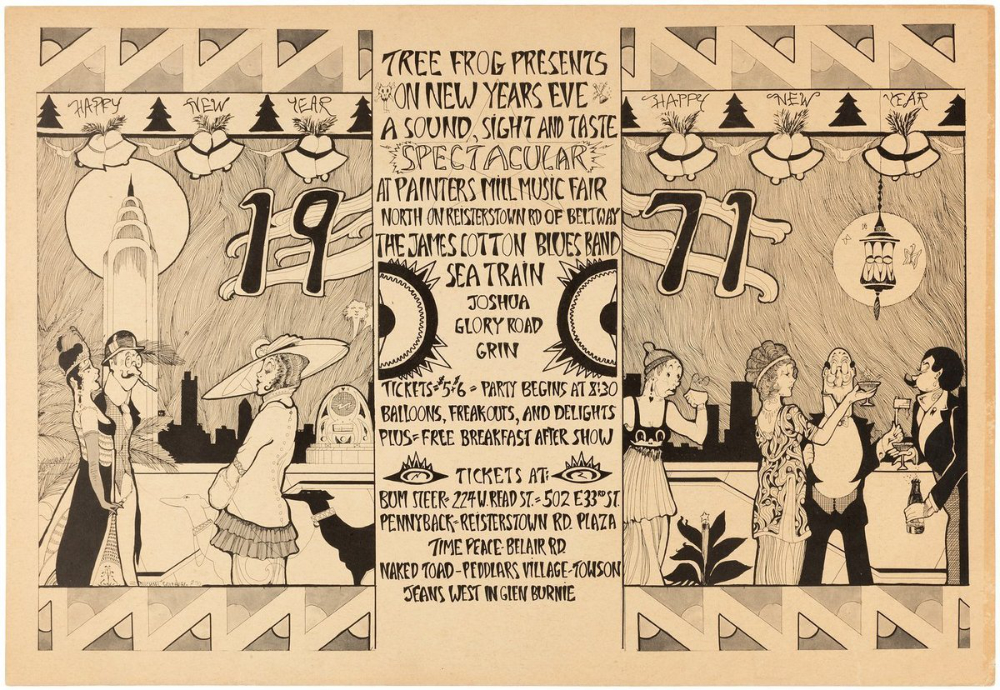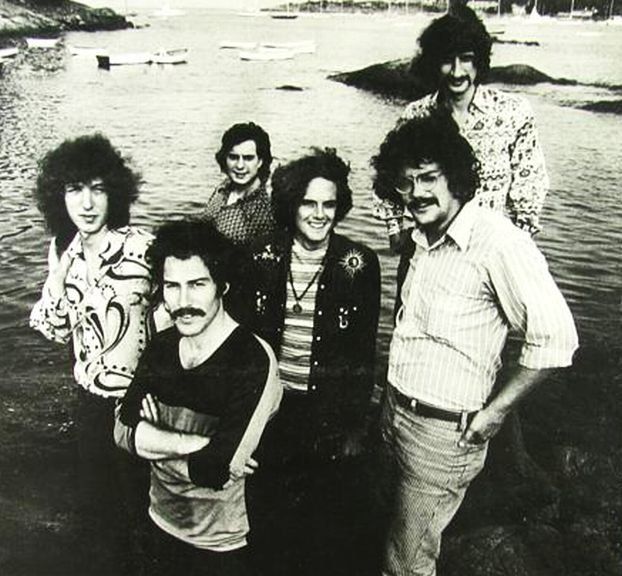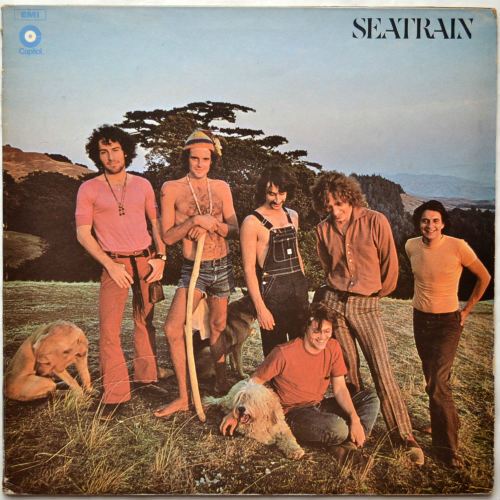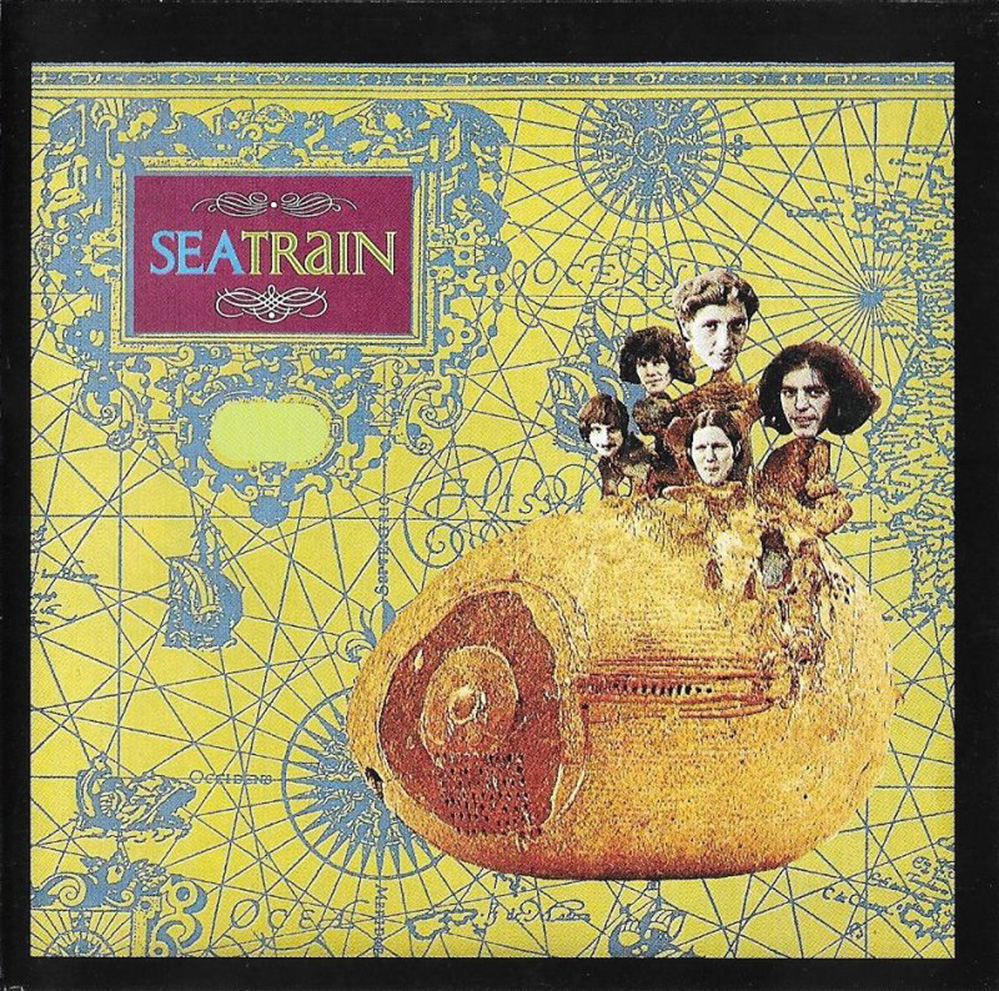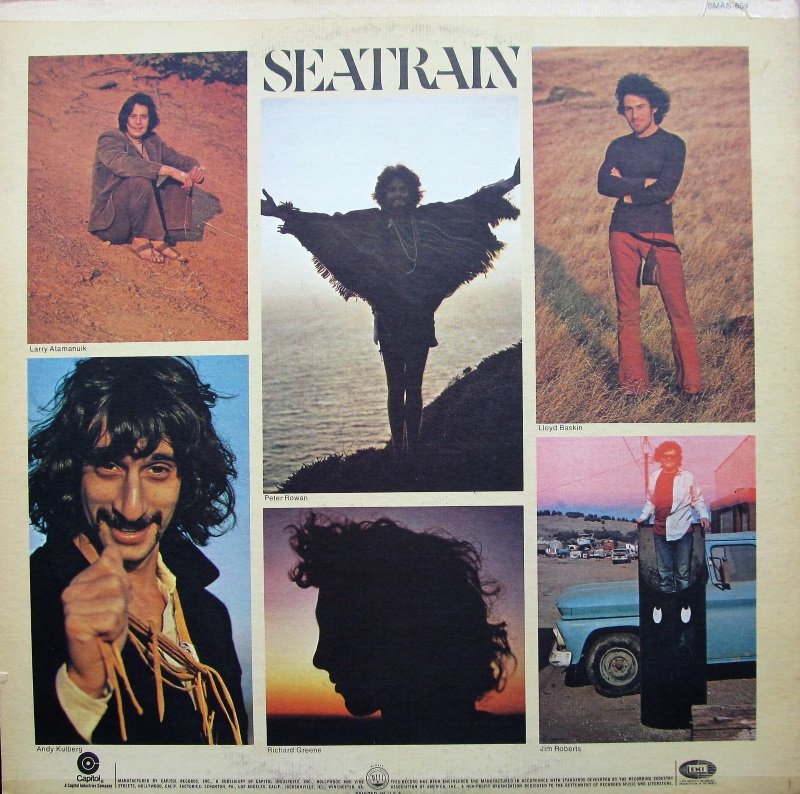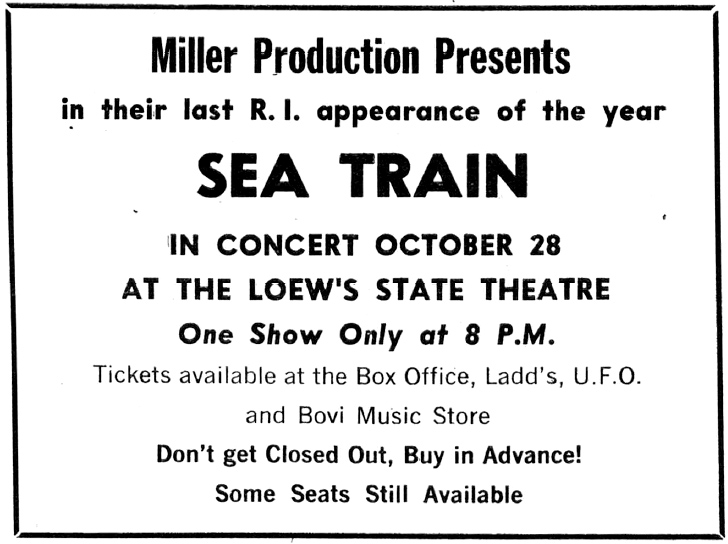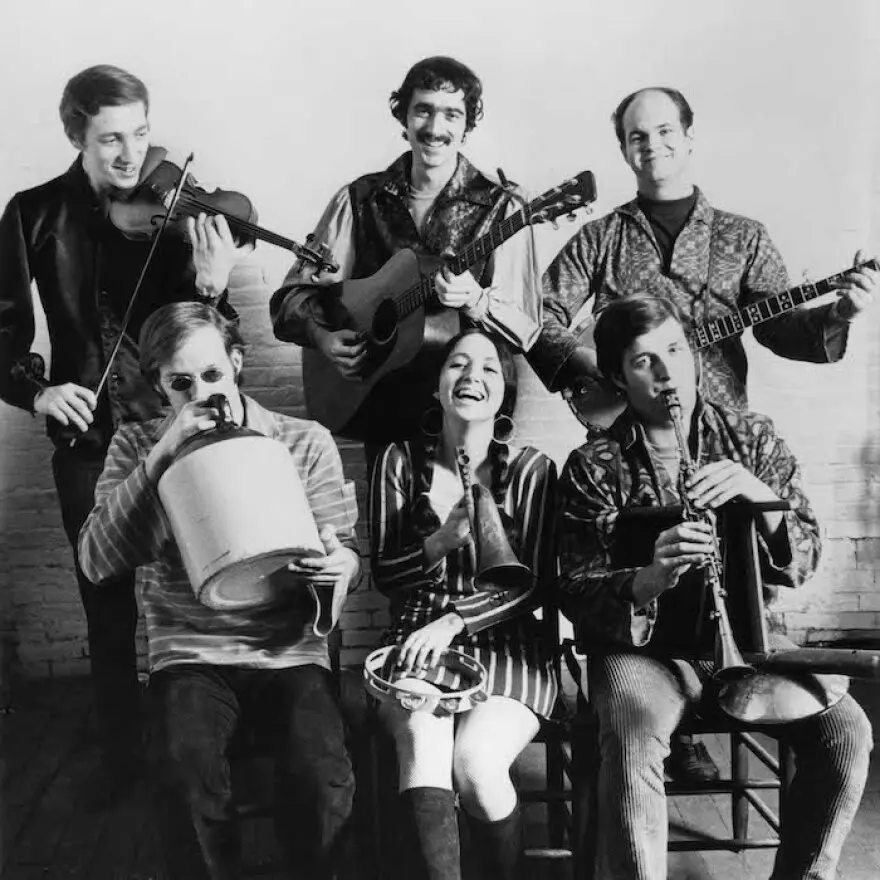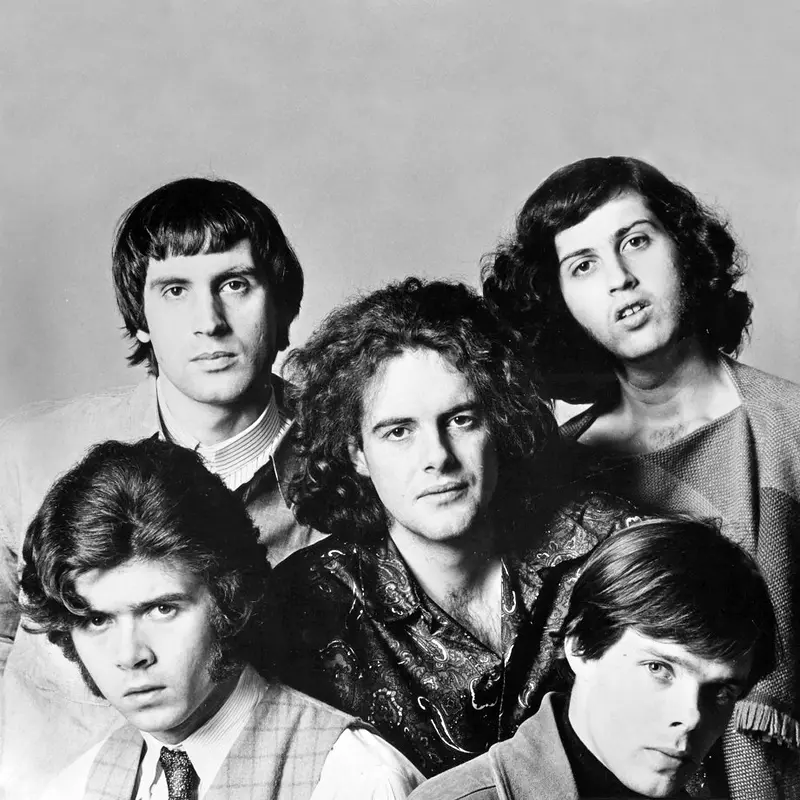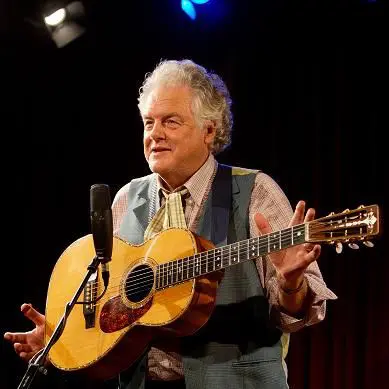Seatrain
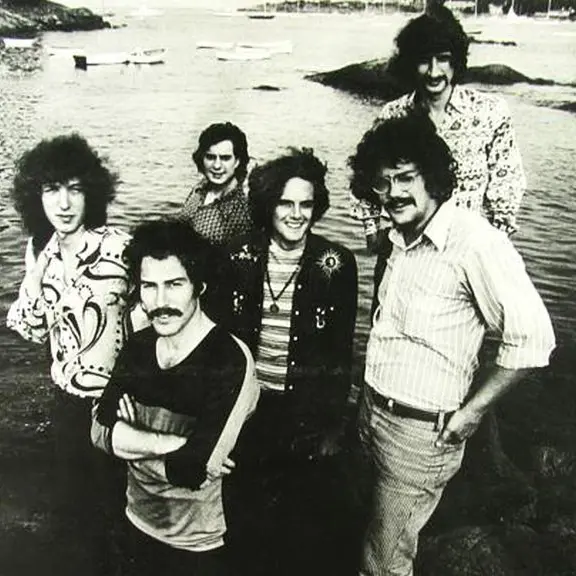
Seatrain spent four years as a band, had five different drummers, five different guitarists, one consistent member and cut just four albums. It was a short-lived and tumultuous group experience for sure, but certainly a memorable one.
Some bands end up in a totally different place from whence they started; think Fleetwood Mac, Blood Sweat & Tears and Renaissance, each of which evolved and transformed over a span of 20-plus years. You could add Seatrain to that list but, more to the point, they reduced that artistic evolution into a mere four years. All iterations of the band were quite different yet musically exceptional in their own unique way, an amalgam of classical, folk, blues, bluegrass, jazz and rock.
Formation, Debut album
Considered by many to be one of America’s greatest “lost” bands, Seatrain came together in 1969 as Sea Train, founded by bassist/flautist Andy Kulberg and drummer Roy Blumenfeld, previously of The Blues Project. By the time the band folded up the tent in 1973, Kulberg was the only original remaining original member. After settling in Marin County, California, the pair invited guitarist/vocalist John Gregory, ex-Jim Kweskin & The Jug Band violinist Richard Greene, saxophonist Don Kretmar and vocalist/lyricist Jim Roberts to join the initial lineup.
One lesser-known fact is that when this initial group began working on their debut album, Kulberg and Blumenfeld were still under contract with Verve Forecast to produce another LP under The Blues Project name; as a result, the album Planned Obsolescence was in effect the first Seatrain lineup. Although not considered an official Seatrain release, diehard fans consider it to be their recording debut.
The actual debut album by the first Seatrain lineup was released in 1969 by A&M as Sea Train and included eight original tracks of jazz-fusion-influenced rock and folk jams with fiddle and flute prominently featured, interwoven with Gregory’s gently delivered vocals which made it a striking departure from the original recording as The Blues Project. Kulberg and Roberts formed one songwriting team, Roberts and Gregory another, indicating that remarkable and creative compositional ideas were developing within the group.
Lineup changes
Things were far from settled, however, as major lineup changes quickly began. In fact, after being together for less than one year and releasing just one LP, the band broke up, likely fueled by the album’s failure to grab audience attention. In 1969, the second, also short-lived Seatrain lineup formed, with Kulberg and Greene adding drummer Bobby Moses, guitarist Teddy Irwin and vocalist Reed Shepherd along with original saxophonist/bassist Kretmar. This group evolved very soon, with drummer Billy Williams replacing Bobby Moses and guitarist Elliot Randall taking over for Teddy Irwin. But even that was not to last.
Shortly afterward, Williams and Randall left, as did Kretmar, initiating another round of searching for replacements. One of the first to join the third iteration of the group was Wayland, Massachusetts native, local bluegrass king and ex-Earth Opera guitarist Peter Rowan. Next were drummer Larry Atamanuik and keyboardist/vocalist Lloyd Baskin. At this point, vocalist/lyricist Roberts was invited back into the fold.
Name Change, Seatrain, George Martin, Marblehead Messenger
Not insignificantly, the band changed its name from Sea Train to Seatrain, which became the title of the second album, produced by none other than “Fifth Beatle” George Martin. It was decidedly different and more commercial-sounding than the first, largely due to the stellar production but also to the maturing songwriting talents of the Kulberg/Roberts team and songwriting contributions from newcomer Rowan. While it’s considered one of the group’s most accomplished albums, significant commercial success never materialized despite the song “13 Questions” reaching #49 in the Billboard Hot 100.
With the Kulberg/Roberts team in full gear along with another George Martin production, the band recorded its third album, Marblehead Messenger, so titled since by then the band had relocated to Marblehead, Massachusetts, where Martin rented a house in 1971 while working with the band at a nearby studio (referred to as Seaweed Studios in the album’s liner notes). Though they had a stable lineup finally and critics called the album a defining moment the band’s career, it joined the ranks of the two previous releases by being a commercial dud (though fans now considered it a hidden gem).
Final lineup, Watch, Disbanding, Legacy
Seatrain toured the UK in support of Marblehead Messenger and was well received there but that glory was not to last. In 1972, three more members of the band departed – Green, Rowan and Atamanuik – which created significant voids to be filled and the search for new additions began once again. Enter drummer Julio Coronado, keyboardist Bill Elliott and guitarist/vocalist Peter Walsh. This was the fifth and final lineup of Seatrain, leaving Andy Kulberg as the only remaining original member.
Lloyd Baskin and Peter Walsh shared lead vocals while a bevy of session musicians contributed and the group added a string section, a tuba, an oboe and a banjo to the mix. The resulting album, Watch, was produced by jazz bassist Buell Neidlinger, a Westport, Connecticut who played on the album. While it sounded different from all of the previous three recordings, it shared one unfortunate and common element – being commercial disappointment – and spelled the end of Seatrain as a commercially viable musical entity.
Following the release of Watch, Seatrain split up for the final time, eventually slipping within the annals of obscurity and cult-following status. They seemed to have just about every element necessary for ultimate success: uber-talented musicians, superb songwriters and world-class producers. What they lacked throughout their four years was consistency and stability, which kept them a safe distance from what could have been (or should have been) star status but rewarded fans with their brief-but-impactful recorded history. Sadly, founding member Andy died of lymphoma on January 28, 2002 at age 57. On October 18, 2007, he was inducted into the Buffalo Music Hall of Fame.
(by Karl Sharicz)

